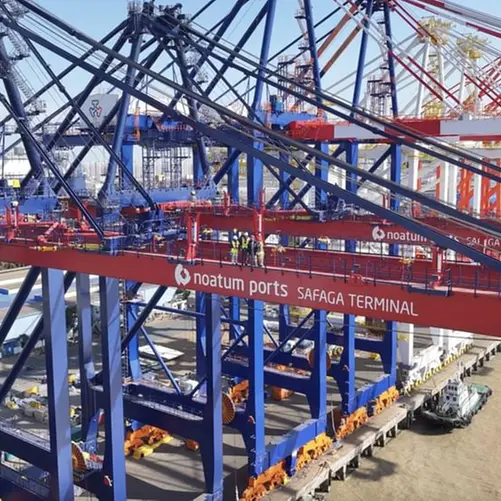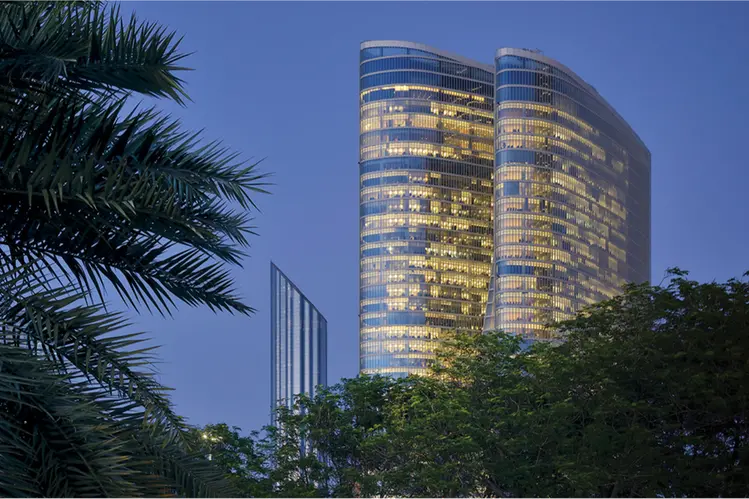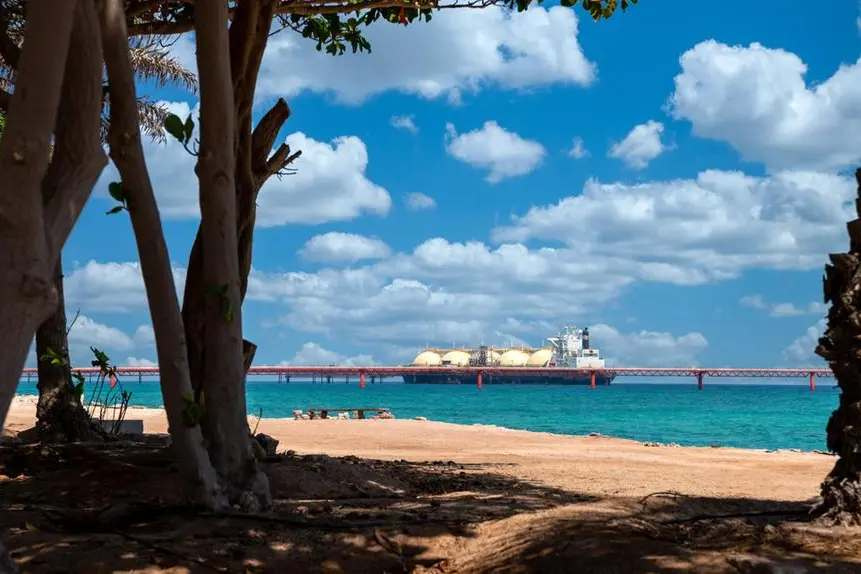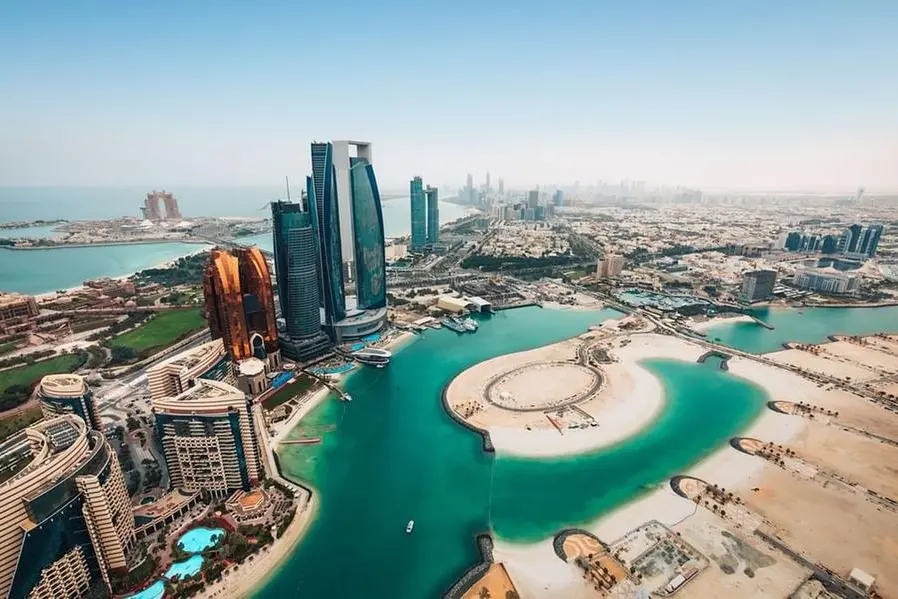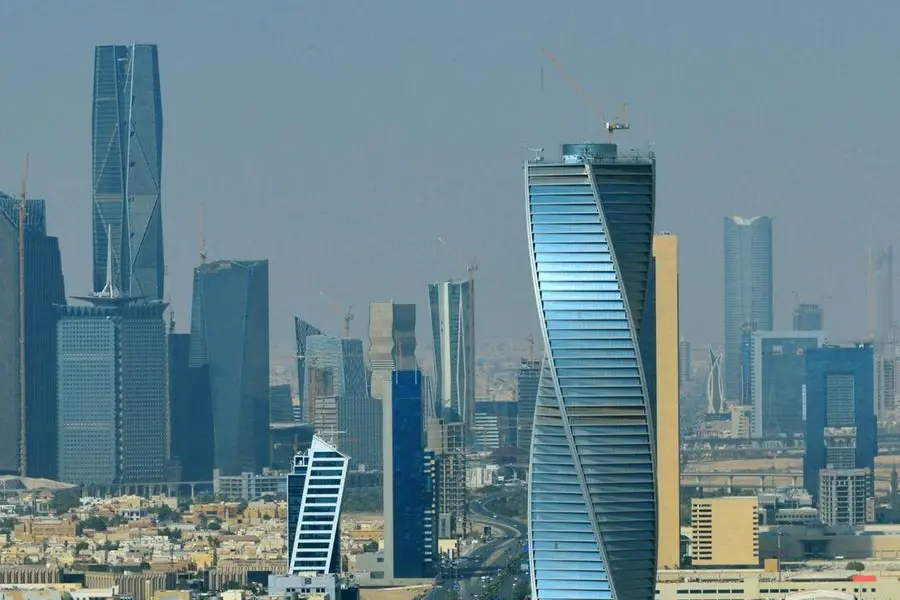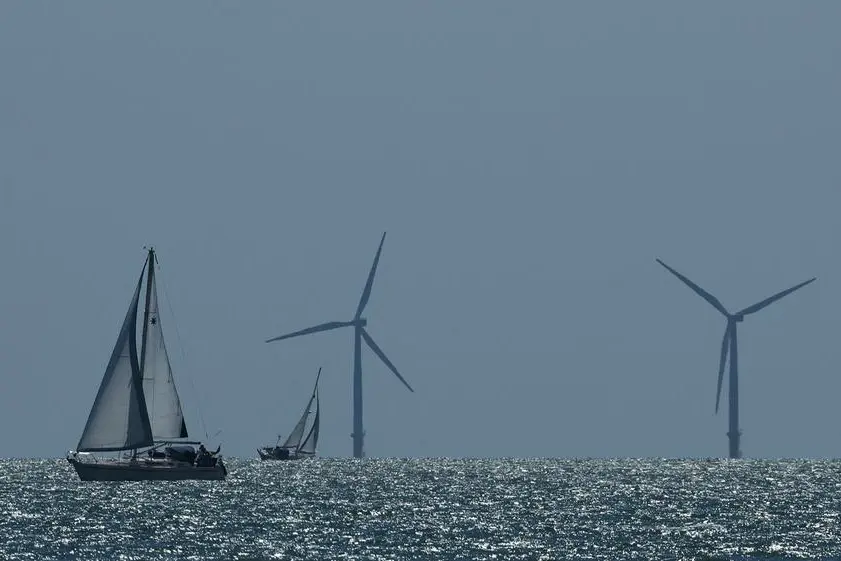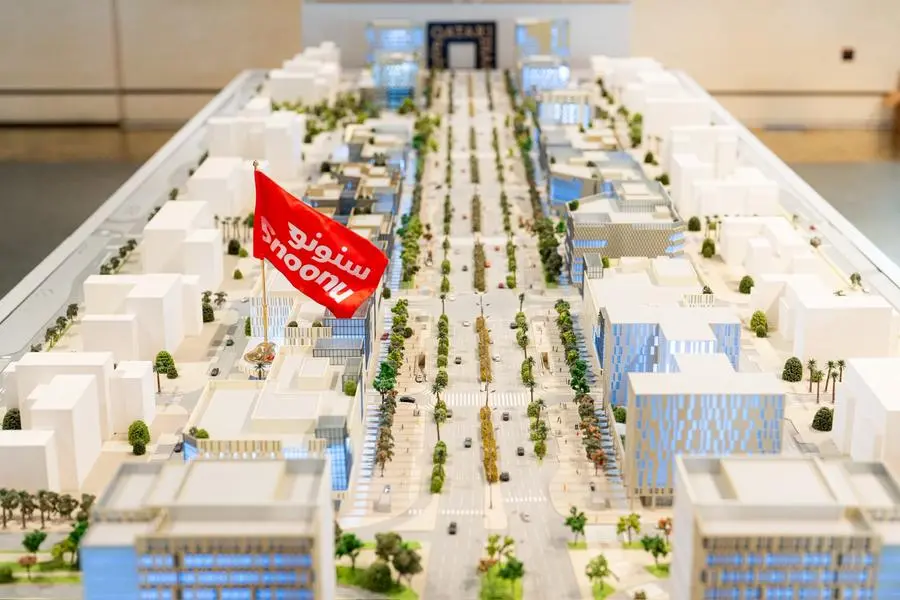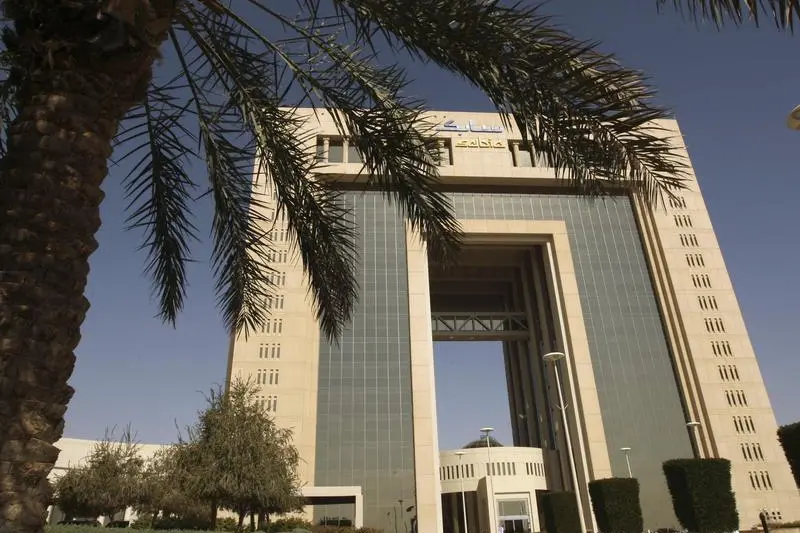by Jean-Marc Mojon
=(PICTURE)=
MEROWE, Sudan, March 14, 2007 (AFP) - Within months, Amri and several other quiet Nile-side communities in northern Sudan will be wiped off the map by the rising waters of the Chinese-built Merowe dam.
The project aimed at doubling Sudan's power production is poised to plunge an entire tribe's heartland and precious archeological treasures into eternal darkness but some evictees are determined not to leave without a fight.
"I just can't imagine that the land my grandfather bought and the house where I was born 38 years ago will sit at the bottom of a lake," says Khalifa Omar Ali, a resident of Amri.
When it reaches its final height in about six years, the dam's reservoir -- expected to stretch 175 kilometres (110 miles) long and four wide -- will have immersed the region's agricultural land and displaced some 60,000 people.
A few miles away from Khalifa's hamlet lies Argu, the first community to be completely destroyed by the dam and a foretaste of what awaits the population dotting the lush palm-lined meanders of the Nile.
Last August's floods took a first swipe at the mud and brick houses.
Now bulldozers have finished the destruction work, leaving only a minaret and a handful of other buildings still standing amid a field of rubble, charred fronds and hastily abandoned belongings.
In a country already torn by several conflicts between the Khartoum regime and provinces complaining of economic marginalisation, the roughshod erection of the Merowe dam could exacerbate unprecedented north-north tensions.
"If we had arms, I would fight the government," says Khalifa.
A few hundred families from the Hamdab and Amri communities have already started relocating, either to temporary tent homes on nearby hills or to their designated desert resettlement housing.
But the Manasir tribe, the largest of the affected communities, appears to be hunkering down for a struggle.
"There is definitely a point of conflict, the dam authority wants to remove people and the people want to stay," says Ali Askouri, himself a Manasir and the head of the Leadership Office of Hamdab Dam Affected People.
While the tribes established in Amri and Hamdab are also represented elsewhere, the Manasir's centuries-old way of living will be erased when the reservoir fills up.
Dozens of miles (kilometres) away from the project which locals call the Hamdab dam lies Amri al-Gedida, one of the four villages built by the government for the future evictees.
"We grow tomatoes, beans and things like that. In Amri al-Gedida, it's impossible... A Khartoum University study has shown that most of the land there is too poor to cultivate," says Mohammed Ibrahim, whose household of 13 will also be submerged by next August.
"The government promised us a new life but now we can see that we will be like refugees. I would not move for the all the money in the world," says Khalifa.
Askouri bemoans a total absence of coordination with the displaced populations from the dam authority -- which reports directly to the president's office -- and the foreign companies contracted for the project.
The 1.8-billion-dollar (1.4-billion-euro) dam is the largest such project on the Nile since the Aswan high dam was built in southern Egypt in the 1960s, also displacing thousands.
It is being developed by China's CCMD consortium -- which has an estimated 5,000 workers on the well-protected site -- with the assistance of European companies including France's Alstom.
"As far as I know, not a single member of the affected communities is currently employed on the site," Askouri said. Some of the heavy work is done, often in scorching heat, by cheap labour from Chad and Niger.
Despite the increasingly negative publicity China has been getting over its often rapacious energy policies on the continent, local anger is directed primarily at the Sudanese regime.
"We have nothing against the Chinese, our problems come from the government... The dam is another example of a regime which is not in touch with the people," says Khalifa.
"There are conflicts in the south, west and east of the country. At this rate, they will soon have a rebellion in the north on their hands."
Witnesses and residents told AFP that the Manasir tribe -- which maintains a strict ban on access to its territory -- has a stockpile of weapons and ammunition, although mostly hunting rifles and antiquated British-era guns.
For its part, Egypt casts a worried eye on the project -- which amounts to an upstream control on its historical lifeline -- but has refrained from speaking out against the dam.
The Merowe dam will roughly double Sudan's power-generating capacity but its utilisation of Nile waters will remain well within the 18.5 billion cubic metres (635 billion cubic feet) it was allotted in the treaty it signed with Egypt in 1959.
Moreover, the sediment caught in the Sudanese reservoir will no longer come and fill up Egypt's Lake Nasser, therefore increasing its life expectancy.
In Europe, an impact study for such a project would take years but experts say the assessment commissioned to Germany's Lahmeyer International was hastily carried out and falls far short of international standards.
A subsequent independent study by Swiss aquatic research company EAWAG said "key environmental issues such as reservoir sedimentation, irrigation, water quality and downstream ecological impacts... were not addressed adequately."
The dam, located a few miles upstream from the pyramids of Nuri, will also flood huge archeological riches barely tapped by a rescue project launched by the government shortly before construction got under way.
jmm/hc/ns
Sudan-north-China-energy-dam


